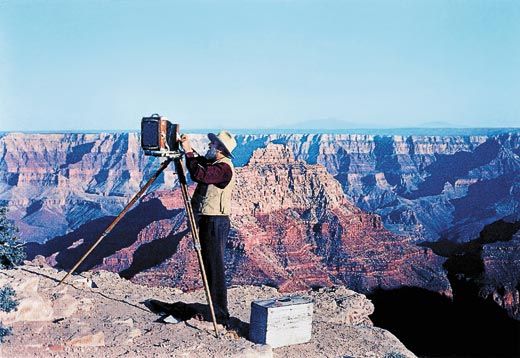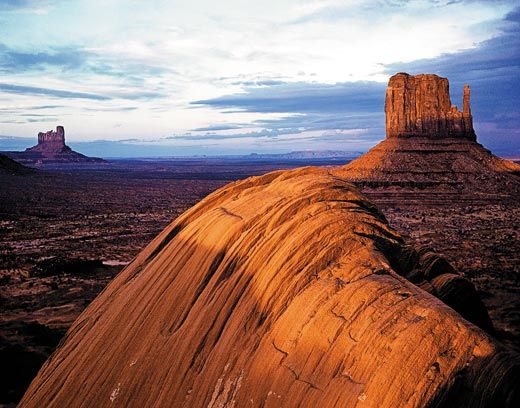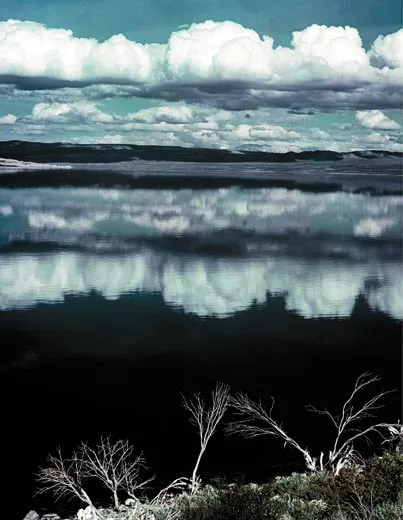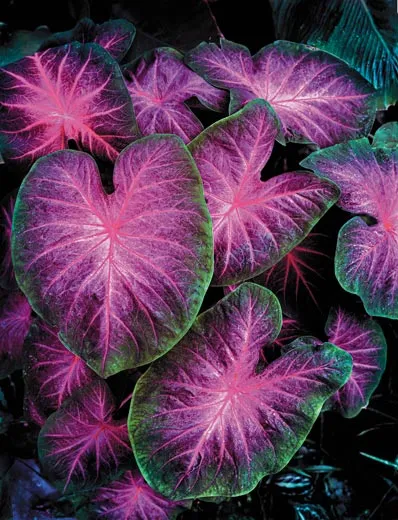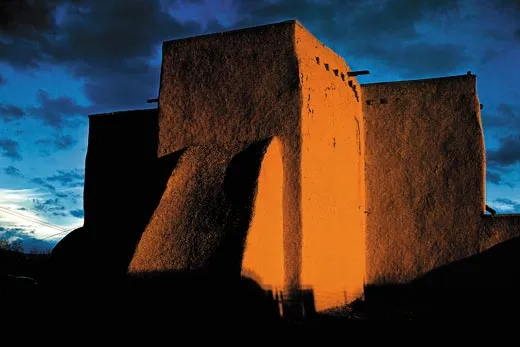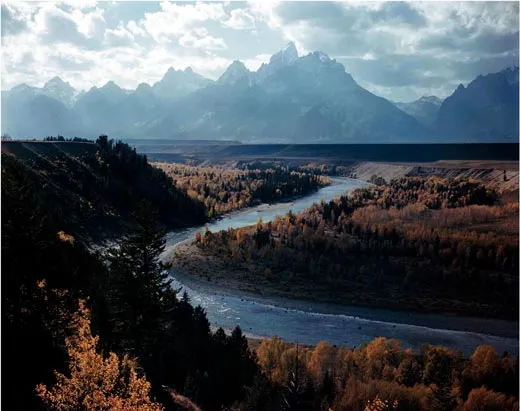When someone today mentions great photographs they got on vacation, we assume they are talking about pictures they took on their cellphone. However, if those pictures are of the wonders of Yosemite National Park or the Redwoods, or other parks in west, they are likely black and white photos purchased from a gift shop taken over 75 years ago by a man named Ansel Adams.
Ansel Adams began taking nature and landscape when he was 12 years old and continued for the remainder of his life. He strapped a 20 lb. 8x10 Graflex camera and tripod to his back and walked and climb for days just to get the right picture. Was it worth? Take a look and you be judge.




Adams preferred black and white over color. He did some pictures in color however the quality of the film in those days was not good.

Ansel Adams began taking nature and landscape when he was 12 years old and continued for the remainder of his life. He strapped a 20 lb. 8x10 Graflex camera and tripod to his back and walked and climb for days just to get the right picture. Was it worth? Take a look and you be judge.

Adams preferred black and white over color. He did some pictures in color however the quality of the film in those days was not good.
Last edited:





